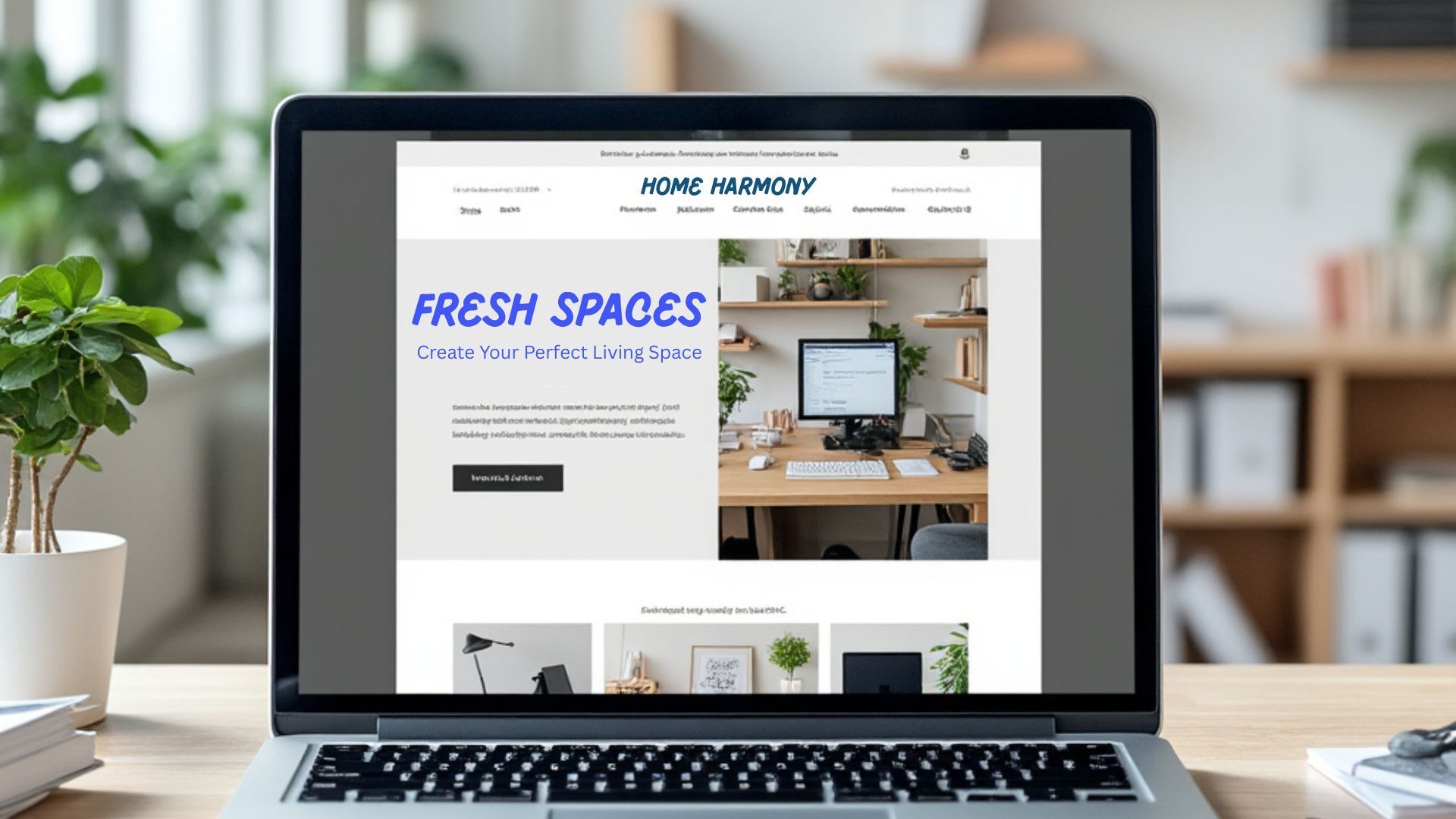Responsive Design: Make Your Small Business Website Mobile-Friendly
Hey there, small business owners! Today, we're diving into something incredibly important for your online presence: making your website mobile-friendly with responsive design. This process might sound technical, but it's simpler than you think and can make a massive difference for your business.
Have you ever visited a website on your phone and found yourself pinching and zooming just to read the text? That's not fun and definitely not good for business. In this blog post, we'll explore how responsive design can save you from that trouble and ensure your site looks great on any device.
What is Responsive Design?
Responsive design is a method of building websites that adapt to any screen size, whether it's a phone, tablet, or desktop. Think of your website like a cozy shop. You want it to be inviting and easy to navigate, no matter if your customer walks in through the front door or sneaks in through the back. Responsive design ensures your site adjusts and looks fantastic on any screen.
Why Does Responsive Design Matter?
Over half of web traffic comes from mobile devices. A mobile-friendly site keeps visitors happy and more likely to stick around. Plus, Google loves responsive websites, which can boost your search rankings. Simply put, if your site isn't mobile-friendly, you're losing out on potential customers and hurting your search engine performance.
Key Elements of Responsive Design
Let's break down the key elements of responsive design so you can implement them on your site.
1. Flexible Layouts
Use grids and percentage-based widths instead of fixed sizes. This way, your content can stretch and shrink as needed. Imagine a liquid that fills any container it's poured into—that's how your website should behave.
2. Flexible Images
Make sure your images resize automatically within their containers. No more awkwardly cropped pictures! Your visuals should look sharp and clear on any device, enhancing the user experience.
3. Media Queries
Media queries are like little instructions that tell your website how to adapt to different screen sizes. Think of them as your website’s personal stylist, adjusting the look to fit just right. They allow you to apply different styles for different devices, ensuring your site remains functional and attractive no matter the screen size.
How to Implement Responsive Design
You might wonder, “Do I need to be a tech wizard to do this?” Nope! Many website builders, like WordPress, Squarespace, or Wix, have responsive design built-in. Just choose a responsive template, and you're halfway there.
Tools like Bootstrap can help you create a responsive design from scratch if you're a bit more hands-on and like coding. It's like having a blueprint for your site’s design, making the process much smoother.
SEO Benefits of Responsive Design
Why go through all this trouble? Because it pays off. Google’s algorithm favors mobile-friendly sites, meaning your site can rank higher in search results. Higher rankings lead to more visibility, which translates to more traffic and potential customers.
Practical Tips for Ensuring Mobile-Friendliness
Here are some practical tips to ensure your site is mobile-friendly:
Simplify Navigation
Make sure your navigation is straightforward. Use a simple menu structure that’s easy to tap on a mobile device. Drop-down menus and overly complex navigation can frustrate mobile users.
Optimize Text
Ensure your text is legible without zooming. Use a readable font size and line height. Nobody likes squinting at tiny text on their phone.
Speed Up Load Times
Mobile users are often on the go and don’t have time to wait for slow-loading pages. Compress images, leverage browser caching, and minimize redirects to speed up your site.
Touch-Friendly Design
Design your site with a touch in mind. Ensure buttons are large enough to tap easily and spaced far apart to avoid accidental clicks.
Common Mistakes to Avoid
Even with the best intentions, common mistakes can hinder your mobile-friendliness. Avoid these pitfalls to ensure a seamless experience for your users:
Ignoring Mobile Testing
Always test your site on multiple devices. What looks good on one phone might not on another. Use tools like Google’s Mobile-Friendly Test to check your site's performance.
Overlooking User Experience
Responsive design is not just about fitting content onto smaller screens. It’s about creating a great user experience. Ensure that your site is intuitive and user-friendly.
Forgetting to Update Content
Keep your content up to date. Stale content can turn visitors away. Regularly update your site to keep it fresh and relevant.
Conclusion
Making your small business website mobile-friendly with a responsive design is a game-changer. It’s all about creating a seamless, enjoyable experience for your visitors, no matter how they find you. Implementing responsive design elements like flexible layouts, flexible images, and media queries can significantly improve your site's usability and search engine ranking.





